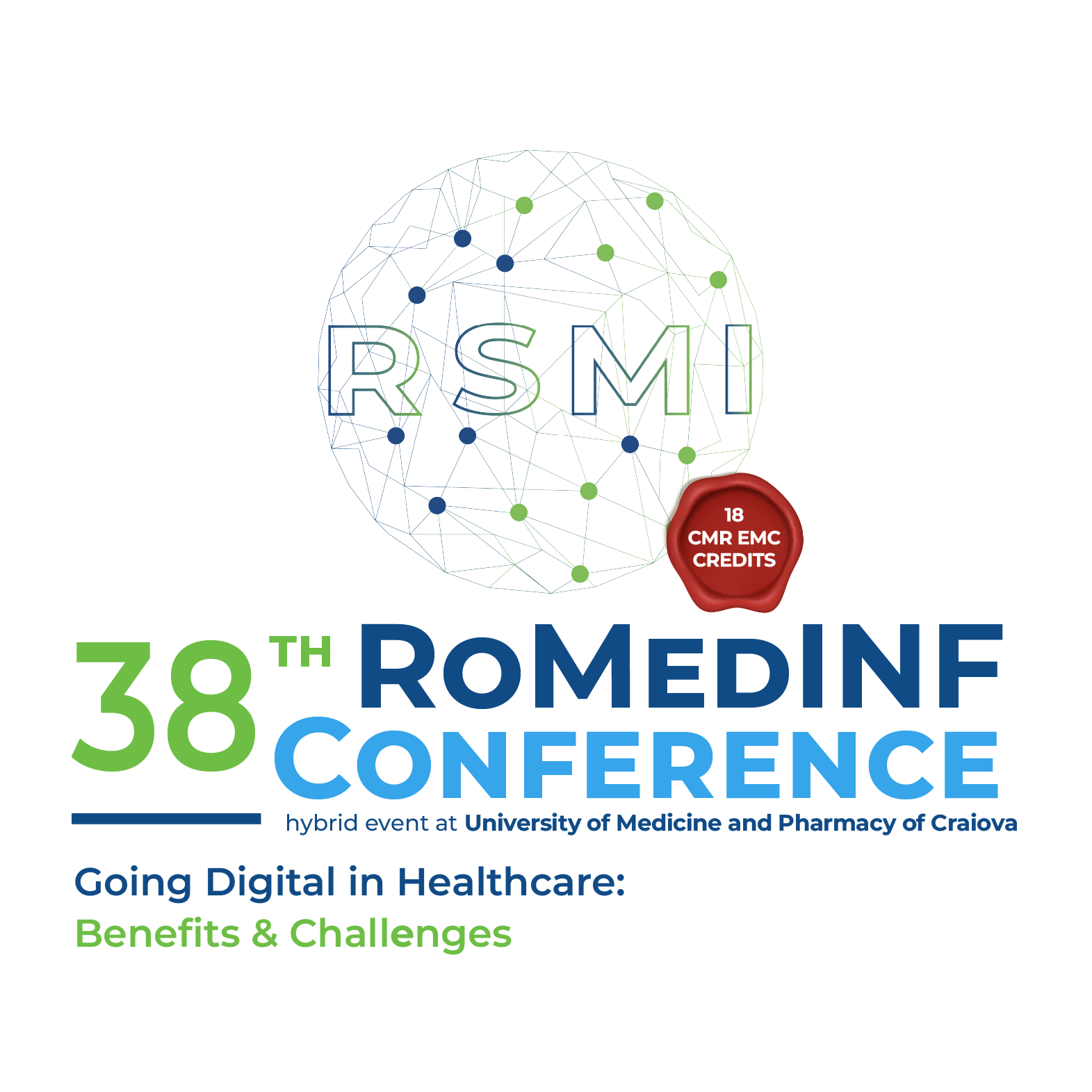Digital Health Approaches to Measles Surveillance in the Oltenia Region (January 2023 – June 2024)
Keywords:
Measles, Oltenia Region, Epidemiology, Digital Approaches, Measles SurveillanceAbstract
Background: Digital health technologies have transformed epidemiological surveillance, enabling real-time data collection, improved case tracking, and data-driven public health interventions. Measles remains a persistent public health challenge, particularly in areas with suboptimal vaccination coverage. This study leverages digital health tools and electronic surveillance systems to analyze measles epidemiology in the Oltenia region, Romania, from January 2023 to June 2024. Methods: This study utilized electronic health records (EHRs), automated case reporting systems, and digital data analytics for measles case identification and trend analysis. Hospital data were integrated with regional public health digital platforms, enabling real-time monitoring of 624 confirmed measles cases. Digital dashboards and geospatial tools were employed to visualize outbreak patterns and support decision-making. Results: The implementation of digital surveillance and case monitoring systems allowed for the early detection of measles outbreaks and facilitated timely public health responses. Geospatial mapping tools identified higher case concentrations in urban areas (59%), providing crucial insights for targeted interventions. Digital symptom tracking confirmed fever (99%) and rash (99%) as the most prevalent clinical manifestations, while AI-assisted analytics identified emerging symptom clusters that could inform clinical management. Additionally, the integration of digital immunization registries enabled a comprehensive vaccination gap analysis, highlighting disparities in immunization coverage and underscoring the need for improved outreach programs in high-risk communities. These findings demonstrate the effectiveness of digital health technologies in enhancing disease surveillance, supporting data-driven decision-making, and optimizing measles prevention efforts. Conclusions: This study underscores the critical role of digital health technologies in modern epidemiological surveillance and outbreak control. By integrating electronic health records, real-time reporting systems, and geospatial analytics, public health authorities can enhance disease monitoring and response strategies. The findings advocate for the expansion of digital health infrastructure to improve measles control efforts and broader infectious disease surveillance.
Downloads
Published
How to Cite
Issue
Section
License
Copyright (c) 2025 Ana Maria BOLDEA, Alexandra ROTARU ZAVALEANU, Mircea SERBANESCU

All papers published in Applied Medical Informatics are licensed under a Creative Commons Attribution (CC BY 4.0) International License.

